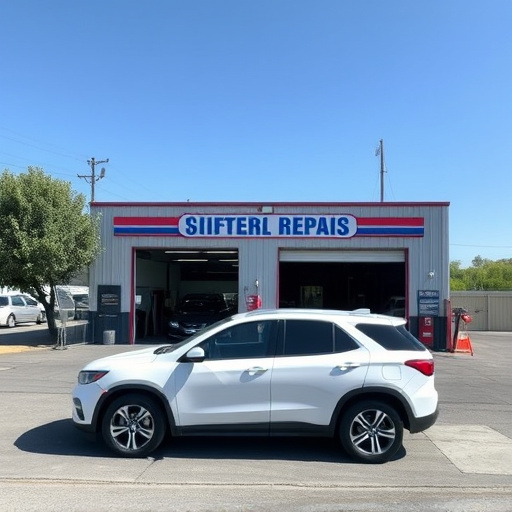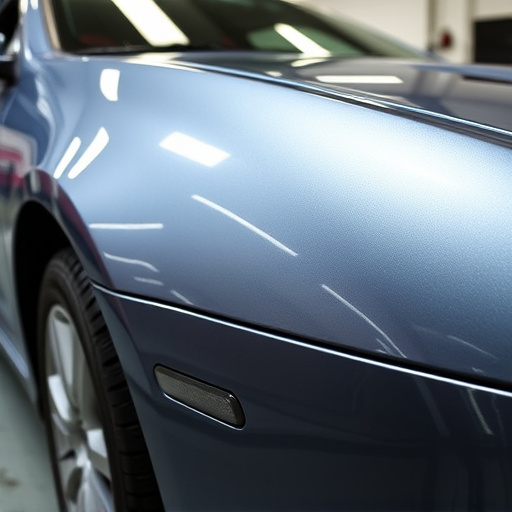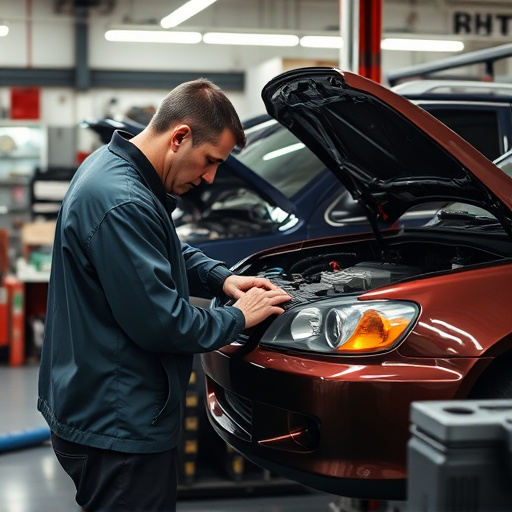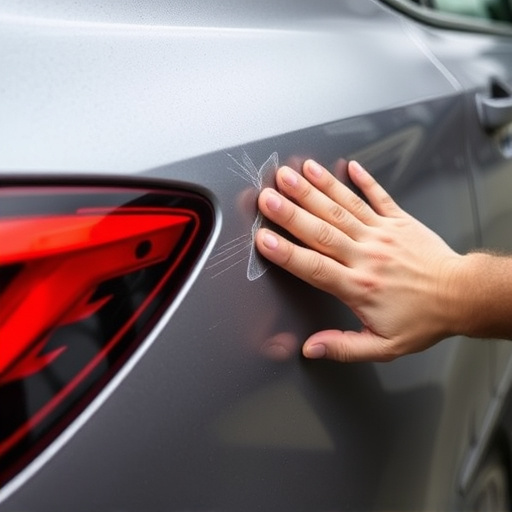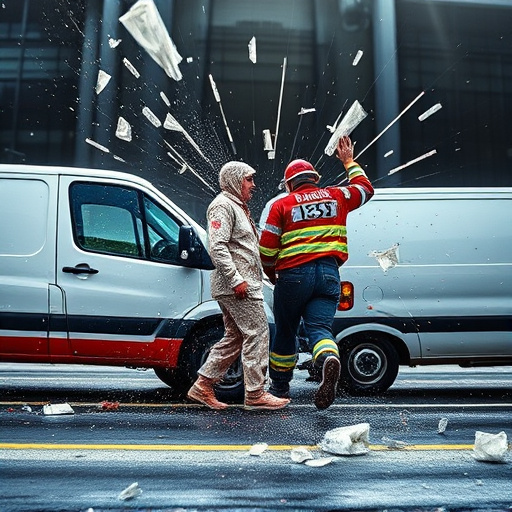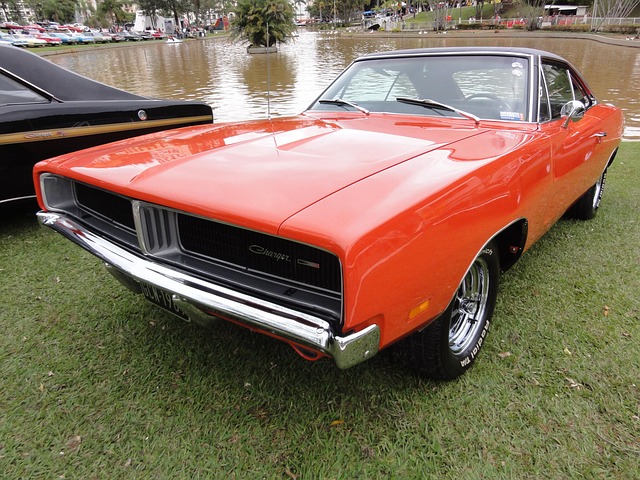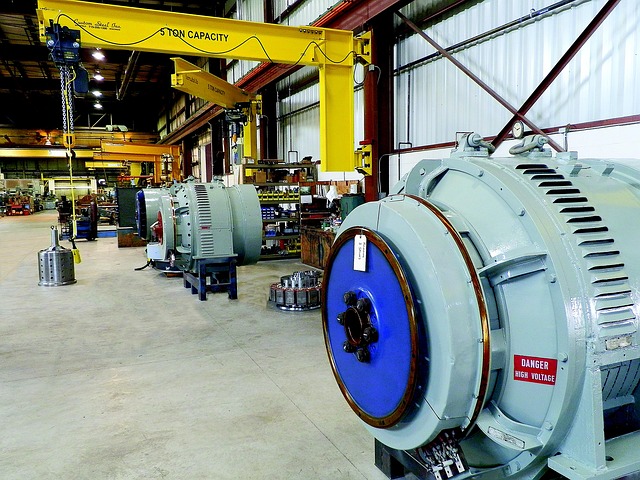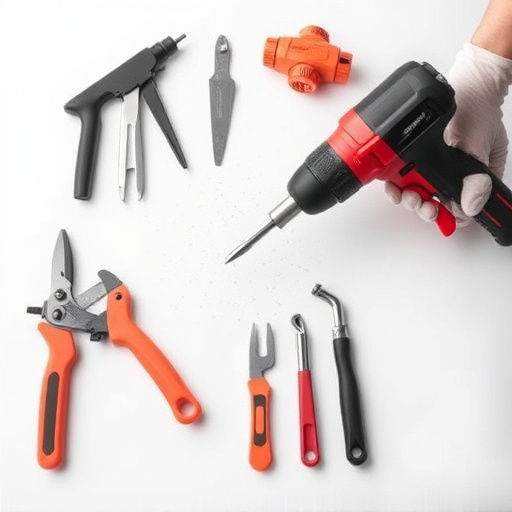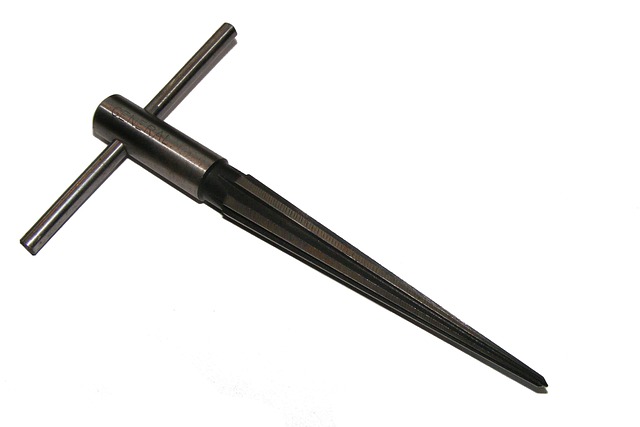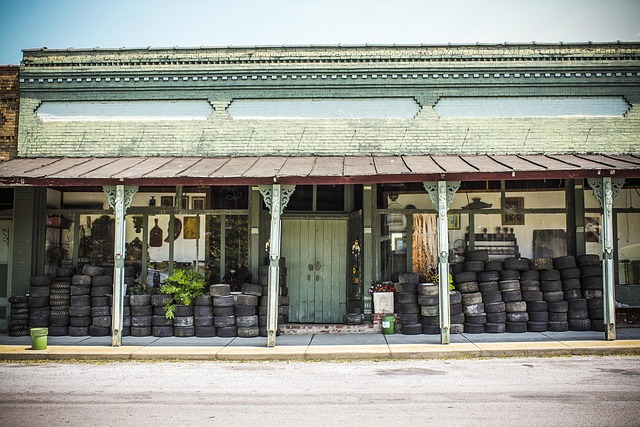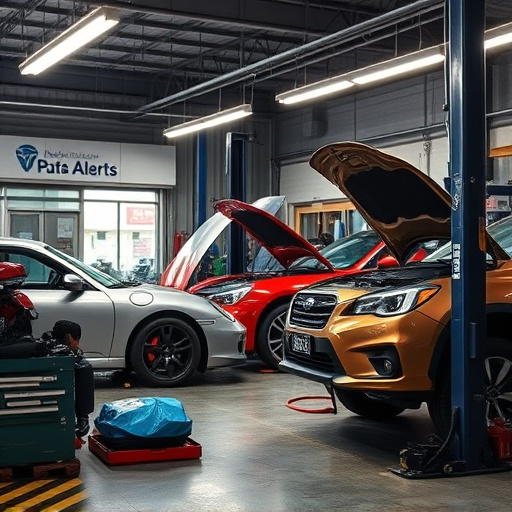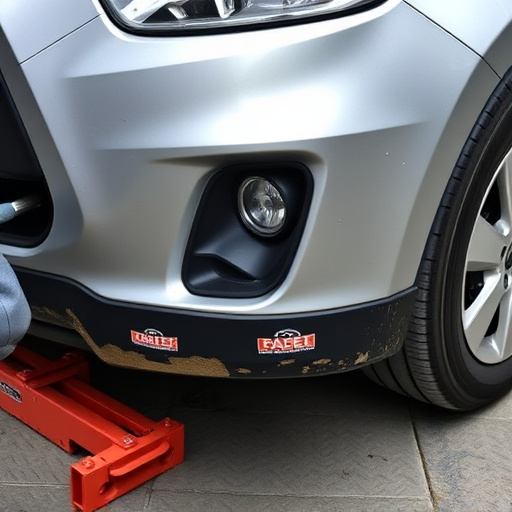OEM Collision Certification ensures vehicles, especially premium brands like Mercedes-Benz, are repaired to their factory standard using original equipment parts and methods. This rigorous process involves a meticulous inspection from frame alignment to auto body painting, focusing on structural integrity, safety features, and aesthetic appeal. Certified repairs safeguard the vehicle's value, performance, and longevity, offering owners peace of mind with flawless results.
“Maintaining OEM collision certification is vital for ensuring top-tier vehicle repairs that meet original equipment standards. This article delves into the meticulous inspection process, crucial for preserving the integrity of factory-standard repairs. We explore the definition and significance of OEM certification, dissecting what truly constitutes a factory-like restoration.
Through a step-by-step guide, we uncover the processes from pre-inspection prep to advanced testing, ensuring every repair meets stringent criteria. Additionally, we examine quality assurance methods, including feedback loops and emerging technologies, that empower technicians to consistently deliver exceptional, factory standard repairs.”
- Understanding OEM Collision Certification
- – Definition and significance of OEM collision certification
- – What is expected from a factory standard repair?
Understanding OEM Collision Certification
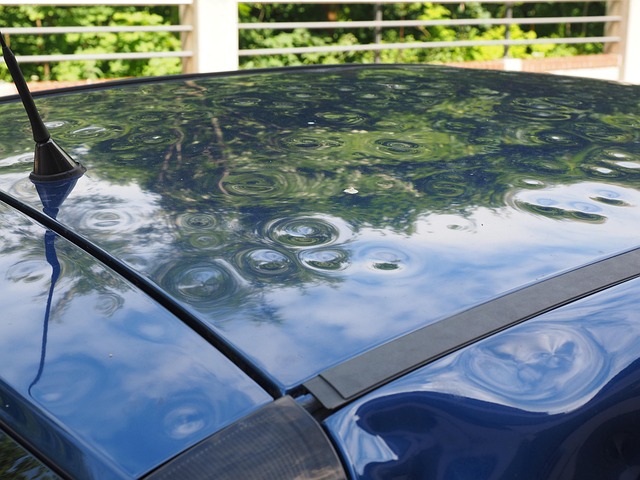
OEM Collision Certification is a crucial standard that ensures vehicles are restored to their factory-like condition after a collision. This certification guarantees that the repair process adheres to the manufacturer’s strict guidelines, utilizing original equipment parts and methods. It involves a meticulous inspection process to verify every detail of the vehicle’s structure and aesthetics, from frame alignment to auto body painting.
In an automotive body shop, achieving OEM Collision Certification requires skilled technicians who can perform precise repairs, including intricate vehicle restoration work. The focus is on maintaining the vehicle’s structural integrity while ensuring that all repairs meet or exceed factory standards. This meticulous approach not only guarantees the safety of the vehicle but also preserves its value and appearance, making it a desirable option for those seeking top-quality auto body painting services and comprehensive vehicle restoration.
– Definition and significance of OEM collision certification
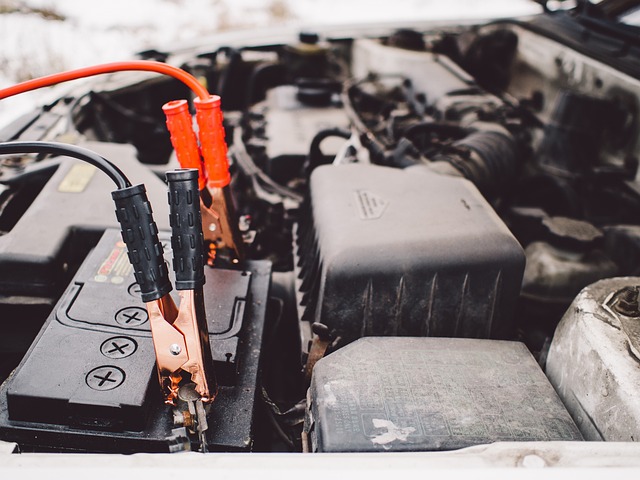
OEM collision certification is a significant process that ensures vehicles are repaired to their original factory standard after a collision. This certification guarantees that the vehicle’s structural integrity and safety features have been accurately restored, aligning with the manufacturer’s specifications. It’s crucial for maintaining the value and performance of premium vehicles like Mercedes-Benz, ensuring they remain in pristine condition post-repair.
The process involves meticulous inspections by trained professionals who assess every aspect of the car body repair, from frame alignment to paint quality. This rigorous evaluation not only guarantees the safety of the vehicle but also safeguards the investment of auto detailing enthusiasts and owners looking for flawless results. For instance, a Mercedes-Benz repair shop undergoing OEM certification ensures that every detail, from panel gaps to finish, adheres to factory standards, providing customers with peace of mind.
– What is expected from a factory standard repair?
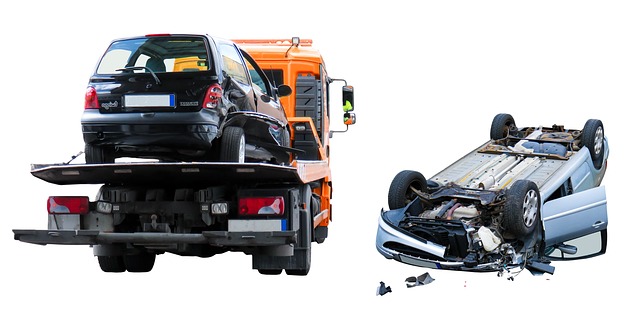
A factory standard repair refers to a level of automotive restoration that aims to bring a damaged vehicle back to its original condition as specified by the Original Equipment Manufacturer (OEM). This meticulous process involves skilled technicians who utilize genuine parts and precise techniques to ensure every detail aligns with the car’s initial design. In an auto repair shop or car body shop, achieving this standard requires a deep understanding of the vehicle’s make and model, along with access to specialized tools and equipment.
The goal is not merely to fix the visible damage but to restore the structural integrity, aesthetic appeal, and overall performance of the car. This includes meticulous car paint repair, ensuring color accuracy and seamless blending, as well as precise adjustments to various components to maintain the vehicle’s original specifications. By adhering to factory standards, a reputable car body shop guarantees not just visually pleasing results but also long-lasting durability, preserving the car’s value in the secondary market.
Maintaining OEM collision certification through meticulous inspection processes ensures that vehicle repairs meet the highest standards. By adhering to these rigorous protocols, certified technicians preserve the original equipment manufacturer’s (OEM) quality and precision, guaranteeing a factory standard repair that restores vehicles to their pre-accident condition. This commitment to excellence is vital for maintaining customer trust and ensuring satisfaction with collision repair services.
